Up Next

Until Formula 1 trials a reversed-grid race the arguments for and against are limited to hypotheticals.
But how accurate can we make such predictions of what might happen and if the scheme would work?
Is there a simulation of sorts that can use real-world information to inform at least a semi-representative picture?
The Russian Grand Prix would be one of the likeliest options for this format change if F1 had its way. So that makes Sochi a worthwhile experiment in re-imagination.
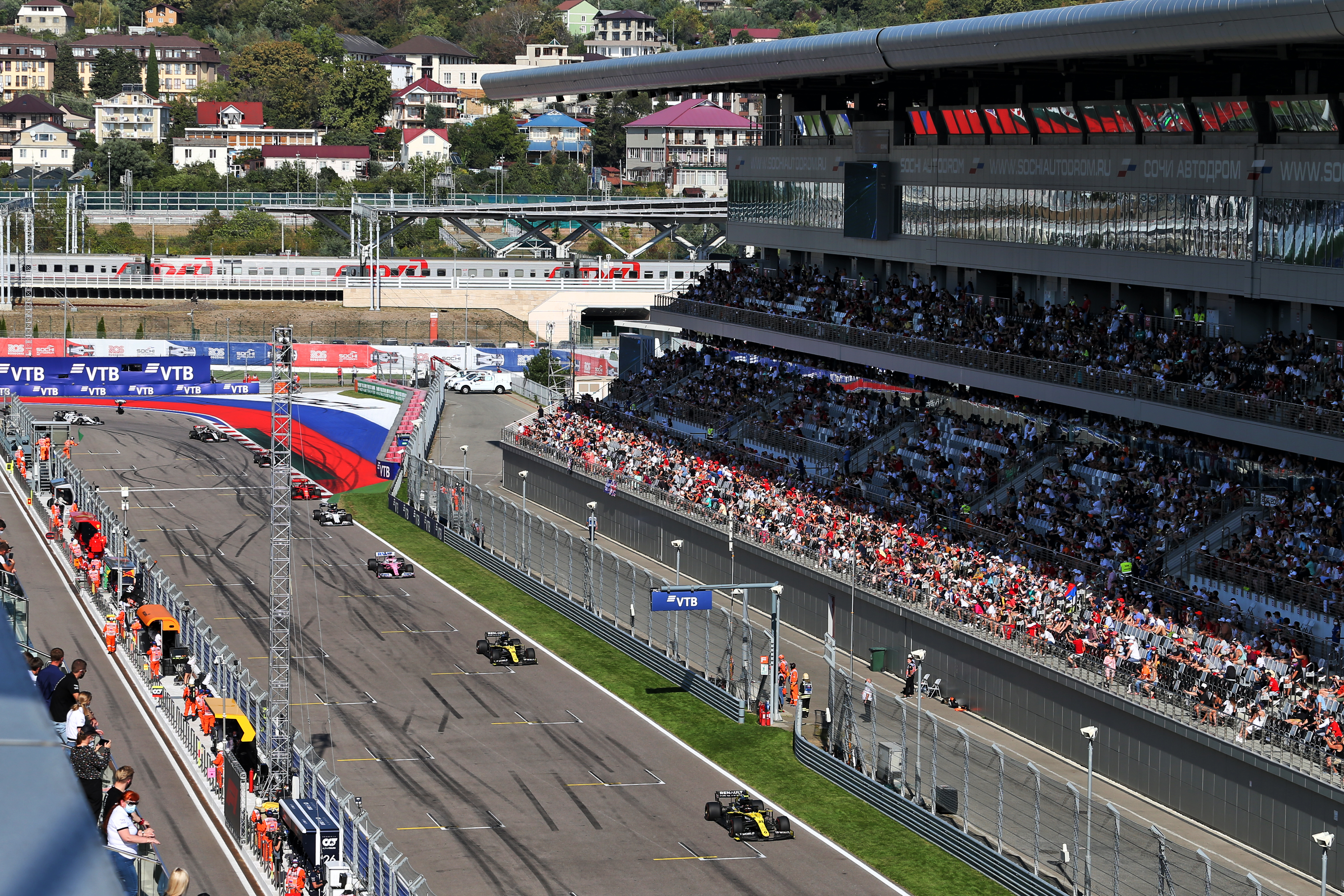
The conditions of this experiment are quite simple. It features a 30-minute sprint race with the grid set by reversing the championship order. The result of that sprint race would set the grid for the main grand prix on Sunday.
We’re using the best 15-lap average from everyone’s longest stint in the real Russian GP to get an idea for representative race pace for each of the teams. And we’ve watched each of the 24 overtakes that took place at Sochi last Sunday to get an idea of what sort of passes are possible and where the limitations lie.
This at least lets us take a rough stab at simulating things. We know how the sprint race would have started. We know, more or less, how quick each car is capable of going. And we know what kind of racing or passing we can expect.
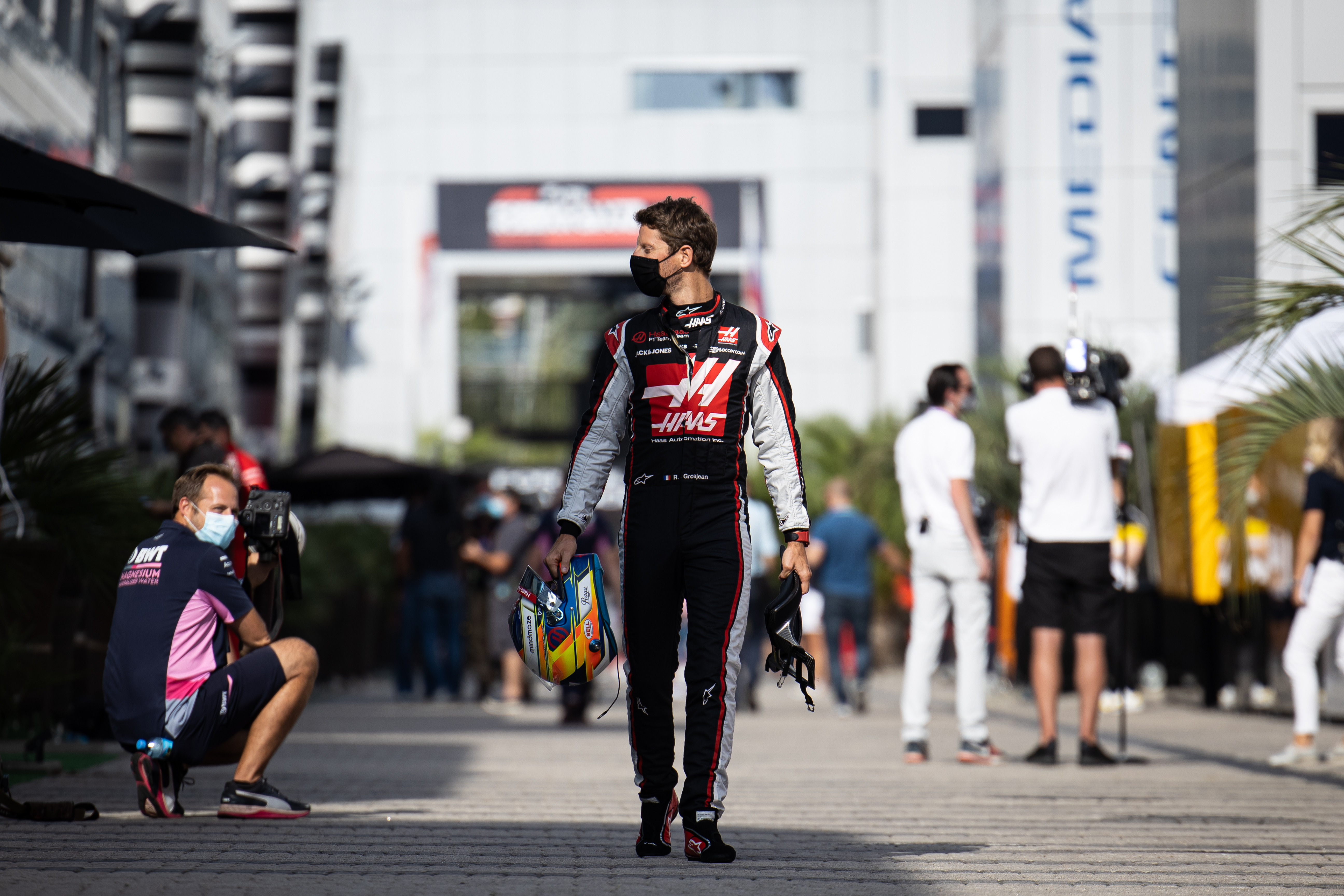
The first three rows contain the Haas, Williams and Alfa Romeo drivers, with Romain Grosjean on pole position. Even in 30 minutes, they aren’t likely to stay there.
So Daniil Kvyat, Sebastian Vettel, Esteban Ocon and Carlos Sainz Jr start as the early sprint-race favourites – even though the Mercedes drivers and Red Bull’s Max Verstappen are destined to come through in the grand prix itself, time’s not on their side to rise from the final three places on the grid to win this sprint race.
HOW THE REVERSED-GRID SPRINT RACE WOULD LOOK
| Grid | Driver | Team |
| 1 | Romain Grosjean | Haas |
| 2 | George Russell | Williams |
| 3 | Nicholas Latifi | Williams |
| 4 | Kevin Magnussen | Haas |
| 5 | Antonio Giovinazzi | Alfa Romeo |
| 6 | Kimi Raikkonen | Alfa Romeo |
| 7 | Daniil Kvyat | AlphaTauri |
| 8 | Sebastian Vettel | Ferrari |
| 9 | Esteban Ocon | Renault |
| 10 | Carlos Sainz Jr | McLaren |
| 11 | Pierre Gasly | AlphaTauri |
| 12 | Sergio Perez | Racing Point |
| 13 | Charles Leclerc | Ferrari |
| 14 | Daniel Ricciardo | Renault |
| 15 | Lance Stroll | Racing Point |
| 16 | Alexander Albon | Red Bull |
| 17 | Lando Norris | McLaren |
| 18 | Max Verstappen | Red Bull |
| 19 | Valtteri Bottas | Mercedes |
| 20 | Lewis Hamilton | Mercedes |
What we can ’guess’ about this sprint race is limited – especially as in a reversed-grid world set-up changes are a known factor, so we don’t know how differently tuned cars would have responded better to being in the pack at Sochi.
But given a fundamental half-a-second pace disadvantage to the Haas alone in the Russian GP, the Williams drivers are unlikely to hold station for very long. But the Alfa Romeo has the potential to make progress.
Kimi Raikkonen passed Nicholas Latifi with a legitimate, hard-earned move in the Russian GP so we know that the Williams is susceptible to the usual DRS drive-bys but also has an underlying pace deficit that makes it vulnerable in normal combat too. Similarly, Kvyat was able to get ahead of both Haas drivers in Sunday’s grand prix with minimum fuss.
Presumably, Kvyat’s AlphaTauri will clear at least two of the three teams it starts behind, but in a short sprint race maybe not the Alfa as well.
Vettel should be able to hold off Ocon because his Ferrari team-mate Charles Leclerc managed to in reality, and Vettel himself fended off Daniel Ricciardo for a short while despite being deep into a hard tyre stint and Ricciardo relatively fresh out of the pits.
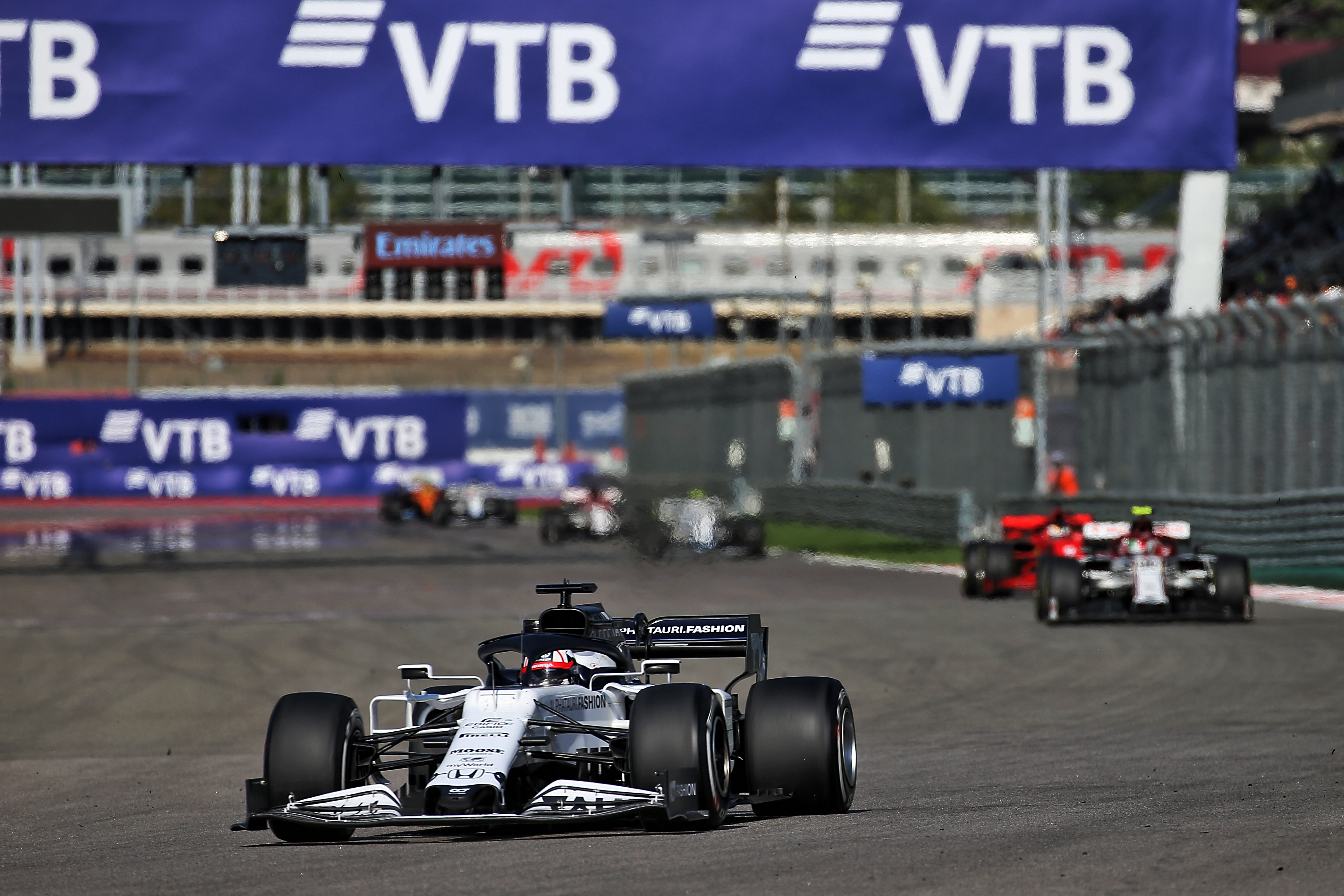
On this basis, Kvyat or Vettel are best-placed to win the Saturday race and start from pole on Sunday (before their inevitable slip down the order). The Williams and Haas drivers will slip back, too slow to really hold on. Alfa’s pair has the best chance of holding on in front but Kvyat is likely to be in position to attack before too long, bringing Vettel and Ocon with him.
Sainz is difficult to predict because McLaren’s race pace is the biggest unknown. Remember, we’re trying to draw on reality as much as possible and Sainz crashed out of the grand prix on lap one while Lando Norris had an unusual race with unrepresentative pace.
But already you can see the pattern emerging. In a 30-minute race, the likelihood is that Kvyat, Vettel, Ocon and Sainz will have enough pace to keep their immediate midfield rivals behind, be quick enough to clear the slower cars ahead and have enough of a headstart to keep clear of the recovering big guns.
HOW THE LEADING CARS WOULD PROGRESS
We needn’t get too far into the pack though because it becomes subject to too many variables. Judging how well the quickest cars will come through is a little difficult but expecting it to be reduced to DRS passes is not unfair.
In the grand prix, Max Verstappen spent a full lap behind the yet-to-pit Kvyat before driving past on the run to Turn 2. Perhaps with greater urgency in a sprint race, this would be different. But it seems likely that he and the Mercedes would be exercising caution to avoid tripping up over slower cars. The speed of their progress would depend on the chaos of the opening lap.
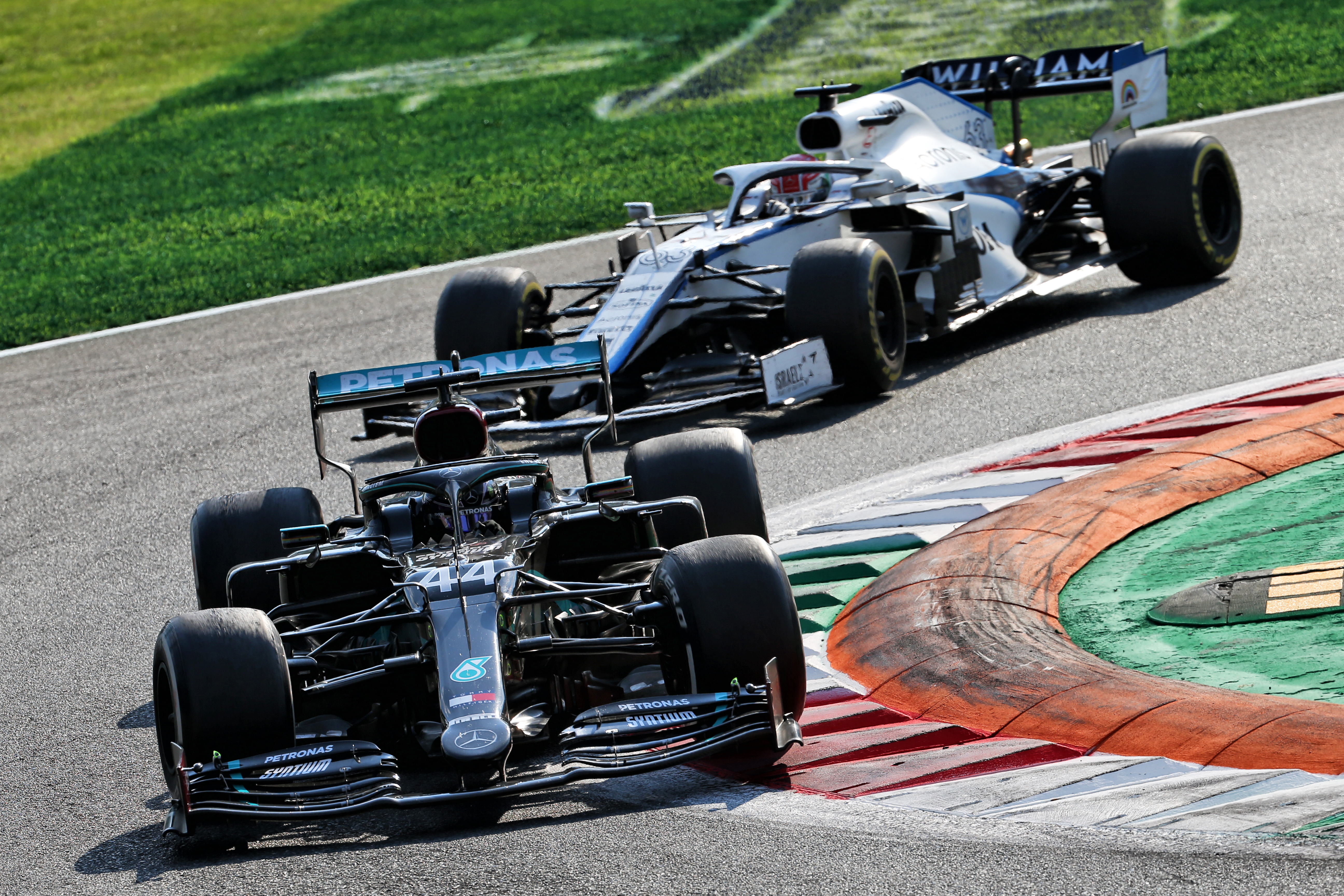
We can be a bit cheeky and go back to the Italian GP for a bit more insight. When Lewis Hamilton was coming back through the field there, he struggled in the first few laps then gradually picked people off as the field became less condensed. In total he passed eight cars in 13 laps, almost entirely using DRS into Turn 1.
This feels representative of what we might expect in a reverse-grid sprint race, especially at Sochi. But it’s not a given as the top drivers would come across the fastest of their prey before they get to the weakest and slowest.
That creates a relatively predictable case of how much sensible progress the quickest cars make. In all likelihood balancing up minimising the job on Sunday with how much risk to take on Saturday is probably going to result in conservative approaches because stumbling on Saturday isn’t worthwhile when picking off the final places in a longer grand prix with a pitstop is likely to be much simpler and rewarding.
But there would at least be the additional element of intrigue in how Verstappen fights with the Mercedes drivers as the trio tries to move through the field. Verstappen insists Red Bull focuses on its own race, not worrying about Mercedes, in reality. But that’s usually because he’s not got track position on both Mercedes drivers, so his defence could be very interesting.
It would be an unpredictable process with unexpected opportunities arising depending on successful/unsuccessful passes, and how people got held up.
We may expect to see Verstappen, Hamilton and Bottas rise through to the somewhere between P6 and P10. Potentially even in that order.
WHAT KIND OF RACING WOULD IT BE?
Why are we so confident that racing would be at a premium? Because at least half of the 24 passes at the real grand prix were a result of strategy – cars that pitted catching those that were running long.
Strategy-based passes don’t really provide many frames of reference for how a sprint race would or could play out. Of the other 12 passes, one was on the opening lap (Norris on Alex Albon) and one was a team order (Ocon letting Ricciardo by).
That leaves just 10 passes, only a handful of which you could describe as ‘contested’ – not just a DRS drive-by.
This would obviously be different in a reverse-grid reality and it is impossible to calculate exactly how. That, as an important tangential point, is precisely why some people want it trialled so badly – so F1 stops dealing in hypotheticals and has some hard evidence.
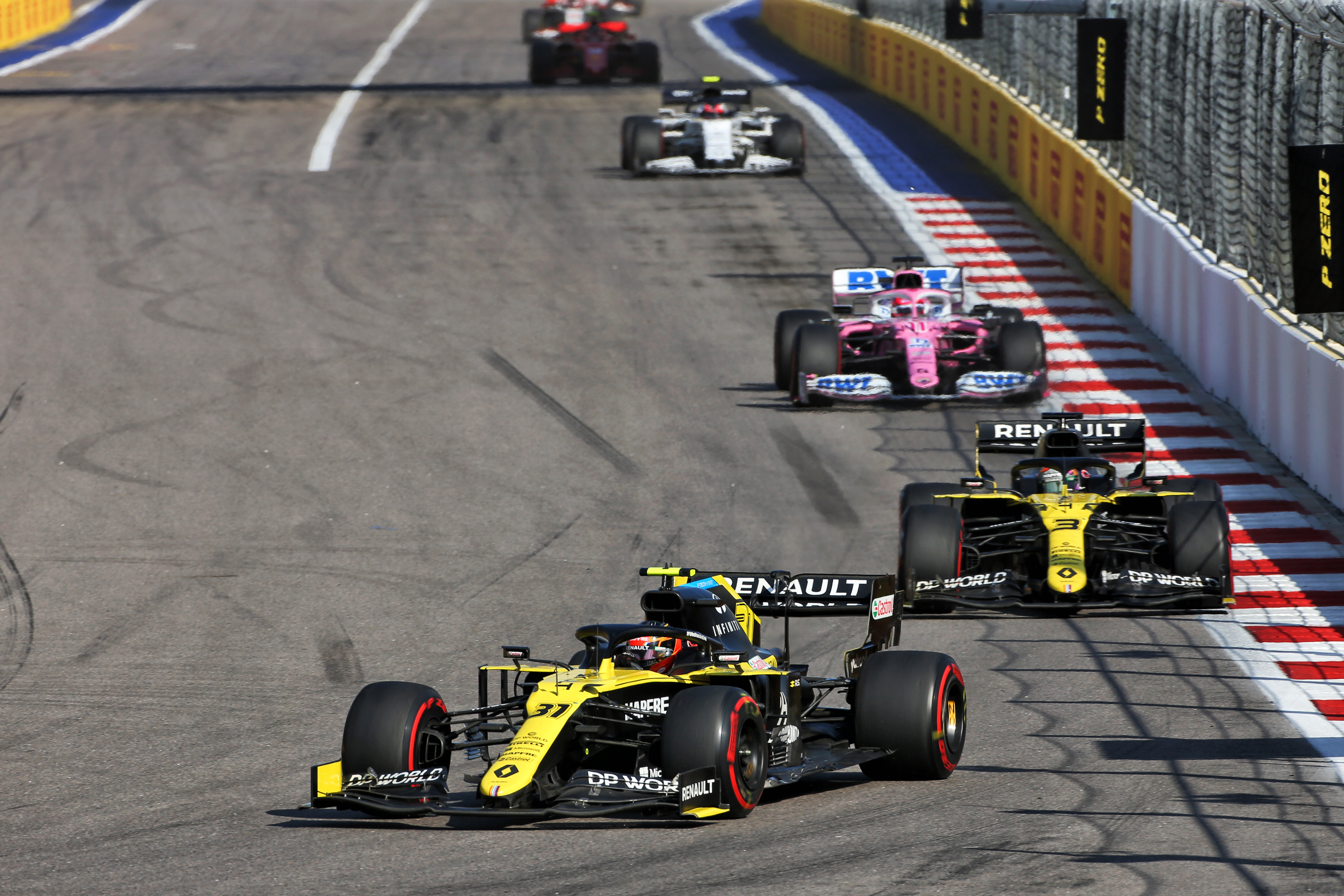
But we can make a broad assumption that a reversed-grid sprint race at Russia would have resulted in a mildly entertaining sprint race, with an eventual result on Sunday in which the top and bottom of the grid is the same as normal and the midfield is slightly jumbled.
The Renaults and Racing Points have a good chance of clearing the AlphaTauris and maybe the Ferraris. But are they going to have much joy against one another, or McLaren?
It seems unlikely. In the Russian GP only two ‘real’ passes (discounting team orders and strategy offsets) were made inside the top 10, both by Kvyat and both on out-of-position Haases that found themselves in the top 10 after a lightning first lap. With little between the likes of Renault and Racing Point, for example, or Ferrari and AlphaTauri, swapping the upper-midfield cars around would almost certainly just change the order they run line astern in.
That’s going to seriously disadvantage a handful of drivers whose crime has been to perform better in conventional grands prix and earn a bad starting spot without a huge car advantage.
Meanwhile, the performance offset between the best and worst teams is so large that over a race and a half, the Mercedes drivers and Verstappen are going to get through to the front. Williams, Haas and Alfa will not stay ahead of their rivals even if a car like Alfa is able to run a little longer at the front in the sprint race itself.
IS IT WORTH IT?
So at Sochi, it seems like a reversed-grid race would be successful in jumbling up the P3-P7 teams, but that fight really isn’t the one that needs spicing up.
No doubt there would be more tension for the leading drivers along the way, either as they picked their way through the field or fought amongst one another in the process.
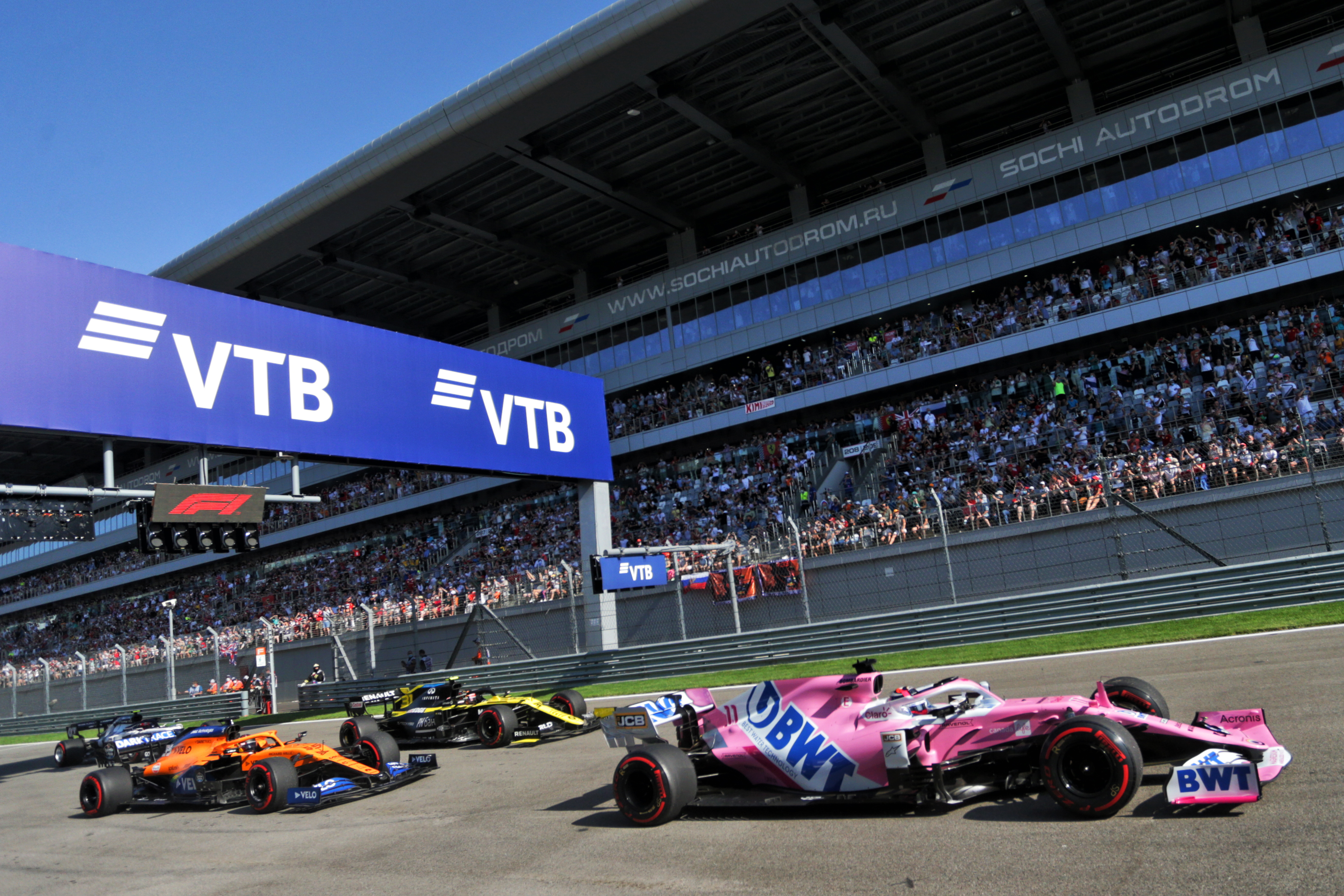
But the chief victims are going to be the leading midfield runners who have done a good job to be ahead of their immediate rivals in a really close pack, but then get put behind them with. Overtaking then remains a premium in that fight because of the ever-lasting problem of modern F1 of too much dirty air.
So, a lingering concern is at the heart of the problem. The two factors that have left F1 searching for something like reversed-grids – the big teams’ performance advantage and a lack of close racing – would probably stop a reversed grid from having a mixed-up result. Chances are, it would shake out like normal. And the question is whether the path to that similar conclusion would actually be more fun, or if there would be little substance being the initial novelty of some faux-jeopardy.
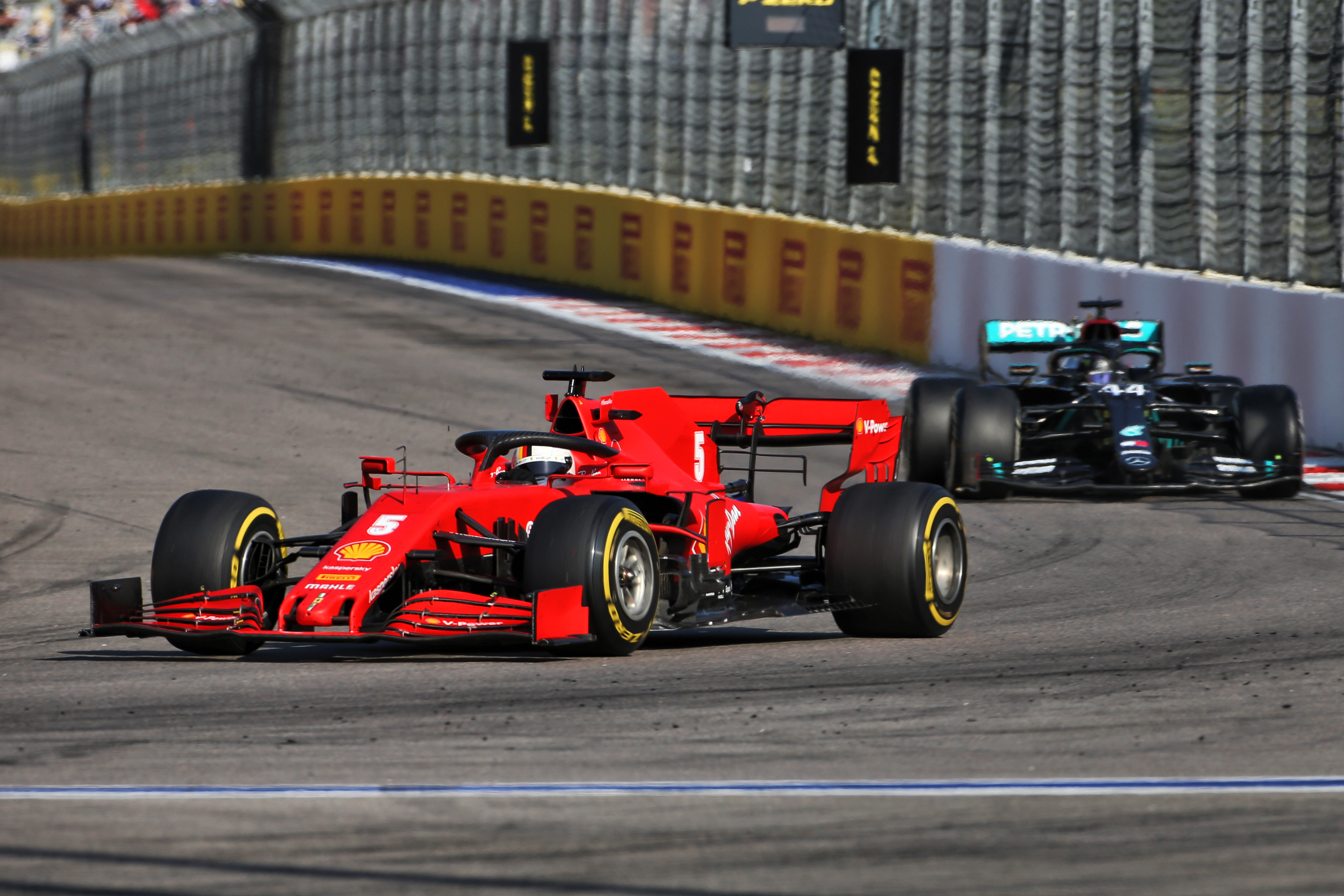
On the evidence of how Sochi worked in reality, flipping the order for a reverse-grid race would inject some interest. There are certainly some obvious sources of curiosity – which of Kvyat, Vettel, Ocon or Sainz would convert their position as the leading Class B car into a potential sprint race win? Are any of the big drivers genuinely capable of going from the back to the front in 30 minutes? Would there be any unexpected casualties along the way as the fastest cars tripped up? Might special Saturday tyres or locked/open set-up choices throw a major curveball, rendering everything we’ve tried to ponder above irrelevant?
Whether such variables are befitting of an elite championship like F1 is a separate debate given this was simply an attempt at testing a ‘scientific’ (and we use that term extremely loosely) hypothesis by using some known variables.
In reality, sporting fairness and integrity is an important factor for the stakeholders to consider. Whatever ‘the show’ is, visually it would have been improved in Russia with a reverse-grid sprint race. But what actually creates that spectacle is important.
There’s a difference between more racing and more positional changes. What happened at Sochi suggests the latter is achievable, but the former remains potentially restricted by the very problems that are forcing F1 to look into this controversial suggestion in the first place.





